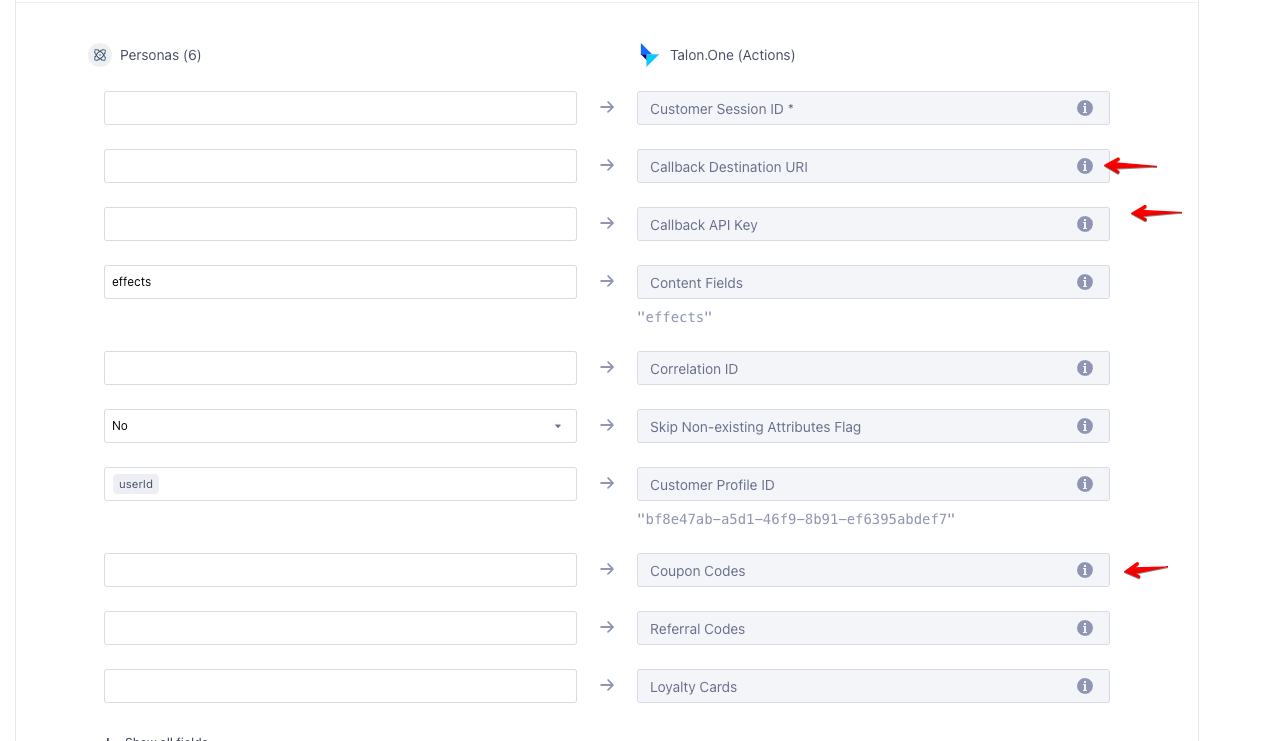We use Segment Engage as our Engagement Platform and Talon One for promo handling. Wanted to check the viability of this use case if anyone else has tried this -
When a user enters and audience/ or triggers an event, we want to generate a personalised promo code in Talon One and send it to Segment engage (in real timish) to send across to that user in an email.
Specific question on this, how can we bring this incoming promo code from talon one into email template as a user trait. There is no default integration of Talon One and Segment for engagement use cases. (there is one for CDP data transfer, creating audience etc use case)



